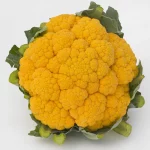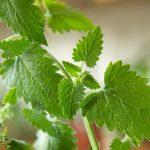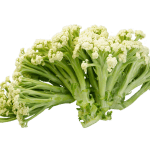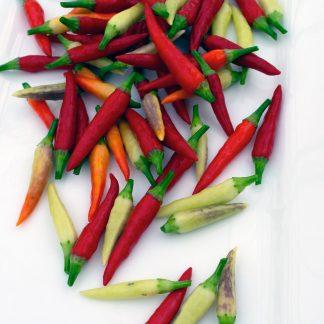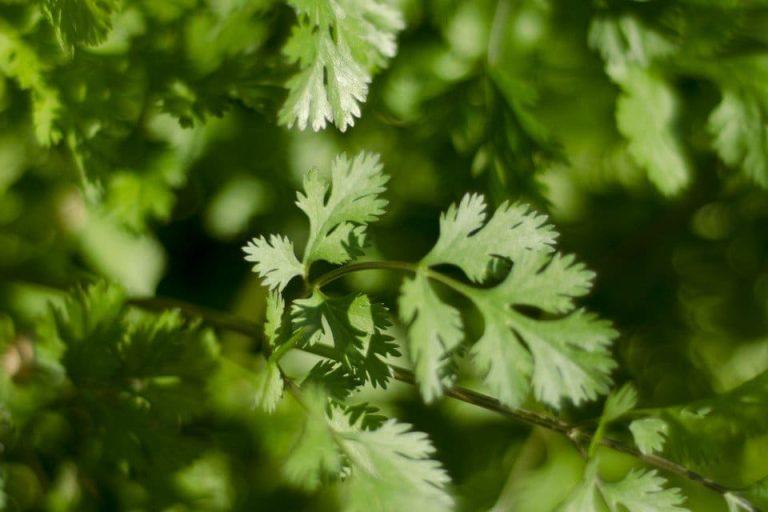
Basics
| When to sow | 2-4 weeks before last frost |
| maturity | 70 – 75 days |
| Germination rate | medium |
| Origin | Asia |
| Scientific Name | Brassica Oleracea |
| Sprouts in | 5-10 days |
Name – History
Cauliflower Clementine Orange is a newborn specie born in 1970 at Bradford Marsh, just north of Toronto, Canada. At 1981 the unique vegetable was sent as part of Cornel Univeristy program to New York Agricultural Station in Geneva. There it was cross-breed by specialist agriculturists, and was first released in 1989 to market growers. We should point out that Cauliflower Clementine Orange is not a GMO product and was solely created from natural occurrences. It wasn’t so popular when it was first released, not before high-end Chefs used it in their premium dishes.
Description
Cauliflower Clementine Orange cauliflower consists of a medium to large head, averaging 22 to 30 centimeters in diameter, and is surrounded by several elongated and narrow, green leaves that bear a thick, fibrous midrib. The heads are comprised of many tightly closed, branching florets that are firm, slightly crumbly, and range in color from pale to bright orange. It is important to note that the vibrancy of the orange coloring is not an indication of freshness, and each variety will display varying shades depending on sunlight and cultivation techniques. Underneath the surface, the bright orange coloring fades into white throughout the stems and core, and the flesh has a crisp and dense, snap-like consistency. Orange cauliflower contains a light, vegetal scent and has a mild, sweet, and subtly nutty flavor. When cooked, the heads develop a soft, chewy, and tender texture and readily absorb accompanying flavors. In addition to the heads, all parts of the plant, including the stems and leaves, are edible
Culinary uses
Clementine orange has the unique feature of keeping its color when cooked, that and also its mild sweet taste makes it popular among Top chefs of the world. Use it as a salad steamed. Roast it with your steak and reward yourself with a mouthful meal, or experiment with new recipes.
Cultivation Tips
- Start early 4-8 weeks before last frost
- Use peat pots, so you can transplant without damaging it.
- Transplant just before last frost.
- Grows best at temperatures 65F – 15 C.
- Keep soil moist and DON’T overwater.
Where to buy
ESHOP | COUNTRY | VISIT |
Amazon | USA | |
SeedsNow | EU | |
BURPEES | AFRICA | |
AUSTRALIA | AUSTRALIA |




